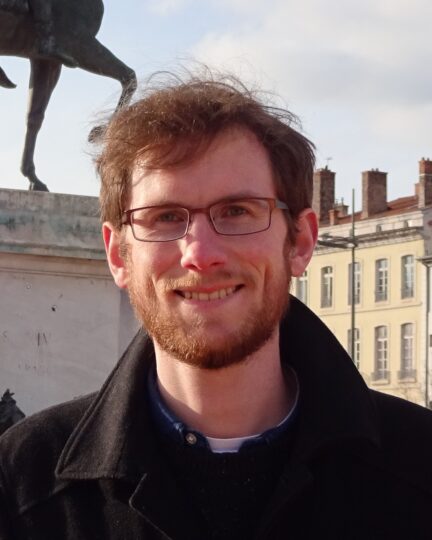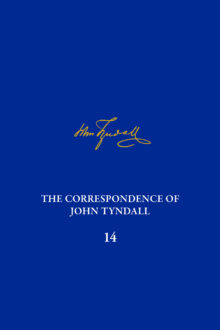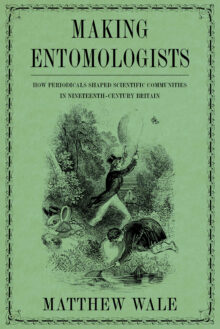

Matthew Wale
Matthew Wale is the author of Making Entomologists: How Periodicals Shaped Scientific Communities in Nineteenth-Century Britain. He completed his PhD in history at the University of Leicester in 2018.
The Correspondence of John Tyndall, Volume 14
The Correspondence, October 1873–October 1875
The 499 letters in the fourteenth volume of The Correspondence of John Tyndall cover a number of particularly intense and acrimonious disputes. More notably, this volume spans the period of the composition, delivery, and furious reaction to Tyndall’s famous—or, more accurately, infamous—Belfast Address. This prestigious lecture, which he delivered as the newly inaugurated president of the British Association for the Advancement of Science, has long been heralded as one of the most momentous events of the nineteenth century. The letters in this volume provide a new, and unprecedentedly detailed, account of all aspects of the era-defining address. For Tyndall himself, it afforded a new level of prominence as a public intellectual, and he deployed his position to engage directly with some of the most contentious issues in Victorian society, especially the role of religion in relation to science. But Tyndall’s expertise was also required on more practical matters, and the letters in this volume document his extensive role in determining official government policy on urgent questions such as safety at sea and public health. Additionally, they chart a dramatic shift in his personal life, with his initial correspondence with Louisa Hamilton, with whom he had previously communicated only through her family, marking the point where their burgeoning friendship developed into a formal relationship.
Making Entomologists
How Periodicals Shaped Scientific Communities in Nineteenth-Century Britain
Popular natural history periodicals in the nineteenth century had an incredible democratizing power. By welcoming contributions from correspondents regardless of their background, they posed a significant threat to those who considered themselves to be gatekeepers of elite science, and who in turn used their own periodicals to shape more exclusive communities. Making Entomologists reassesses the landscape of science participation in the nineteenth century, offering a more nuanced analysis of the supposed amateur-professional divide that resonates with the rise of citizen science today. Matthew Wale reveals how an increase in popular natural history periodicals during the nineteenth century was instrumental in shaping not only the life sciences and the field of entomology but also scientific communities that otherwise could not have existed. These publications enabled many actors—from wealthy gentlemen of science to working-class naturalists—to participate more fully within an extended network of fellow practitioners and, crucially, imagine themselves as part of a wider community. Women were also active participants in these groups, although in far smaller numbers than men. Although periodicals of the nineteenth century have received considerable scholarly attention, this study focuses specifically on the journals and magazines devoted to natural history.


